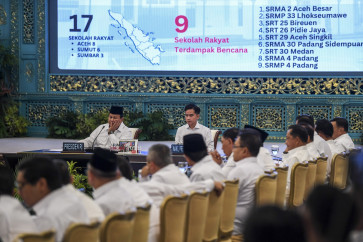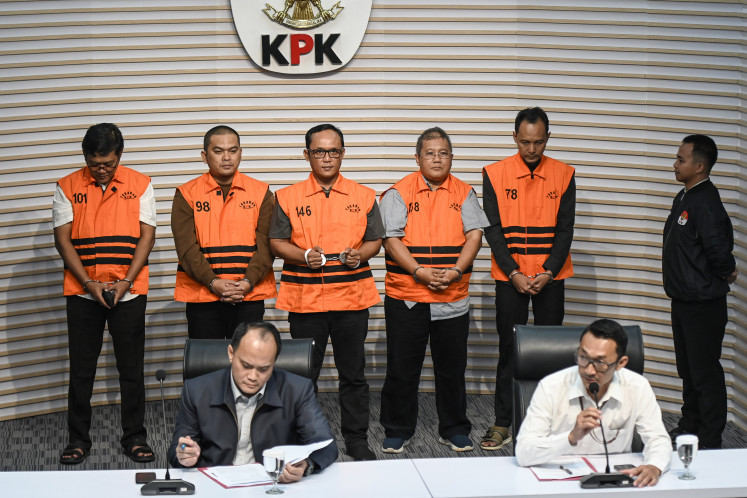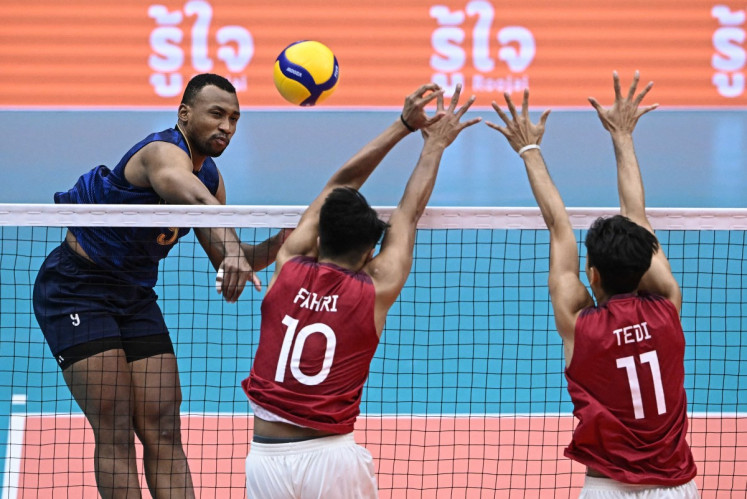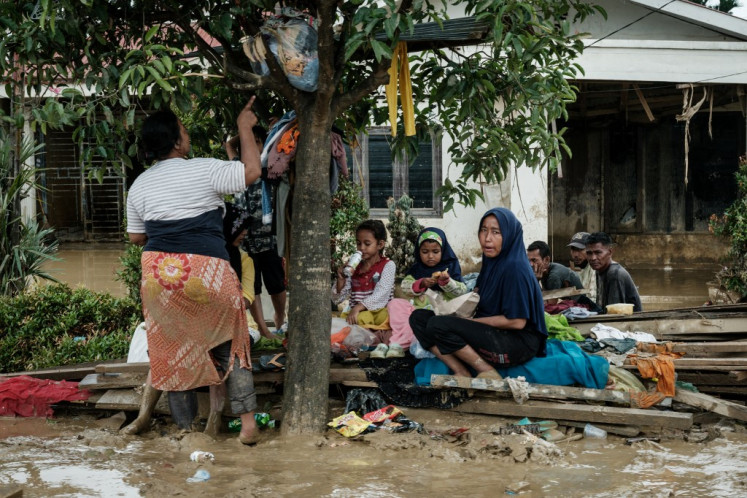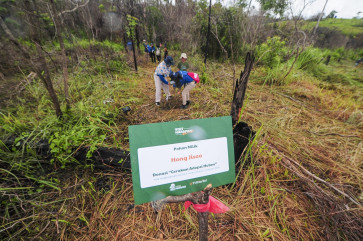Popular Reads
Top Results
Can't find what you're looking for?
View all search resultsPopular Reads
Top Results
Can't find what you're looking for?
View all search resultsHow social protection can accelerate climate action
Integration of climate objectives into social-protection systems can go a long way toward delivering limited finance where it is needed most.
Change text size
Gift Premium Articles
to Anyone
A
head of this year’s United Nations Climate Change Conference (COP30) in Belém, Brazil, countries are being urged to embrace an approach to climate action and finance with social protection at its heart. Making this connection could not be more important for protecting human dignity, building community resilience and maximizing the impact of limited funds.
At COP29 last year, developed economies agreed to mobilize at least US$300 billion per year in climate finance for developing countries by 2035, as part of the New Collective Quantified Goal on climate finance. But least-developed countries (LDCs) and small island developing states have rightly criticized the target as vague, unenforceable and inadequate. In fact, this figure falls far short of need, especially because climate-finance delivery is often highly inefficient. For example, just 0.8 percent of tracked funds reach small-scale agricultural systems.
This is where social protection comes in. A 2019 study by the LDC Initiative for Effective Adaptation and Resilience (LIFE-AR) showed that social-protection initiatives can play a powerful role in building climate-resilient communities. The Intergovernmental Panel on Climate Change’s Sixth Assessment Report, released in 2023, echoed this finding. Now, a joint review of 23 Green Climate Fund-funded projects, carried out by the GCF and the Food and Agriculture Organization of the UN (FAO), has shown that the integration of climate objectives into social-protection systems can go a long way toward delivering limited finance where it is needed most.
There are plenty of proven social-protection models that advance inclusive climate action. For example, Ethiopia’s Productive Safety Net Program supports over 8 million people, including the country’s most climate-vulnerable communities, through cash and food transfers, while responding to short-term shocks like droughts and restoring degraded landscapes.
Similarly, India’s Mahatma Gandhi National Rural Employment Guarantee Scheme, which reaches more than 60 million rural households, funds climate-smart solutions like rainwater harvesting and afforestation (tree-planting), which protect communities against droughts and floods. Brazil’s Bolsa Verde links income support to environmental stewardship, incentivizing sustainable land use and forest conservation among low-income families in protected areas.
The 23 GCF projects sampled in the recent FAO-GCF review show similar promise. Paraguay’s Poverty, Reforestation, Energy and Climate Change Project, which receives technical support from the FAO, ties conditional cash transfers to social-welfare goals, such as the establishment of climate-sensitive agricultural and forestry systems, and emphasizes indigenous participation. Botswana’s Ecosystem-Based Adaptation and Mitigation in Communal Rangelands project aims to advance similar goals, with women comprising 60 percent of its participants.
But, despite some successes, inclusion remains a formidable challenge. As it stands, almost half of the world’s population, including many of those most exposed to the effects of climate change, lacks access to any kind of social-safety net. This helps to explain why only three of the projects reviewed in the FAO-GCF report were in low-income countries. Moreover, only six of those projects included people with disabilities, a mere four incorporated young people, and none involved migrants. Of the seven project areas where indigenous peoples were present, only four included them.



